What is Back-of-House at a Restaurant – Everything You Need To Know
The Restaurant Times
MARCH 13, 2023
The back-of-house (BOH) at a restaurant is the behind-the-scenes area of the restaurant — it works like an engine and keeps the restaurant going. While it is not visible to the customers, the restaurant’s services get hampered without back-of-house. Why is Back of House Important?

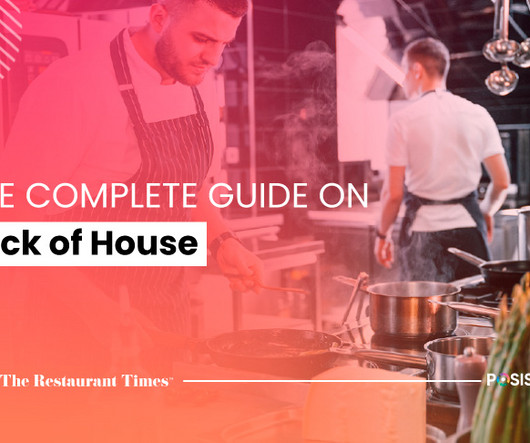
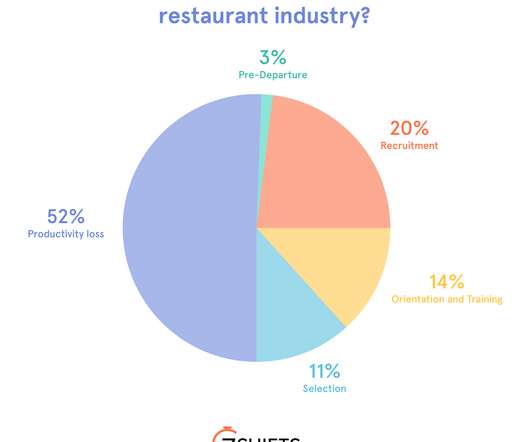
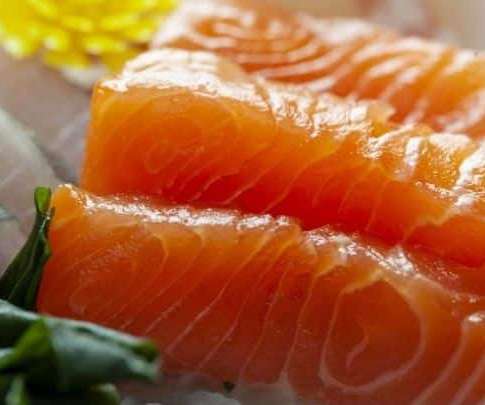
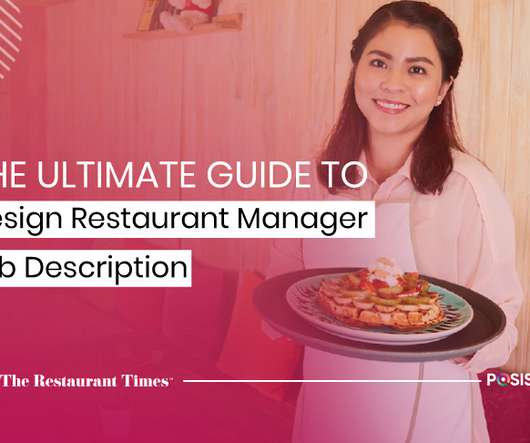
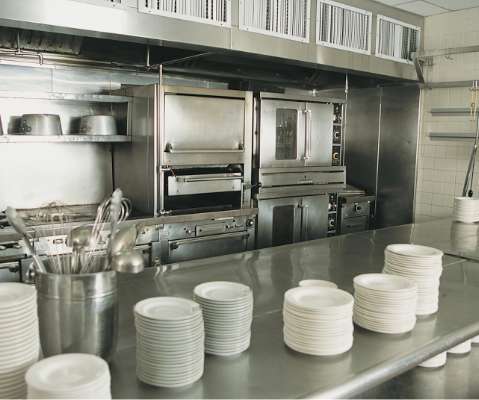
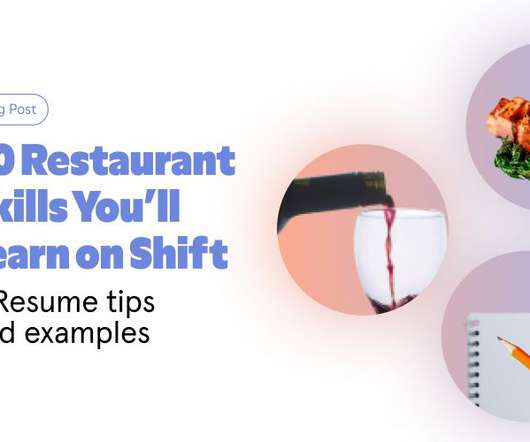





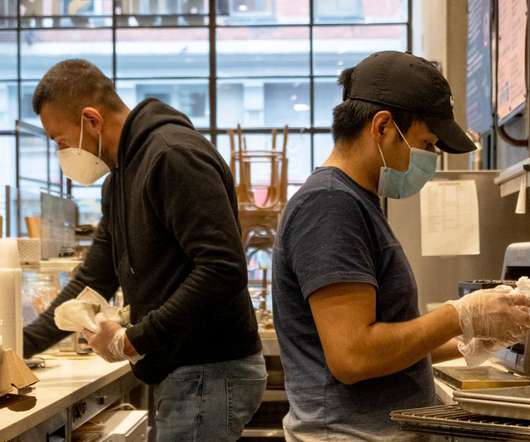
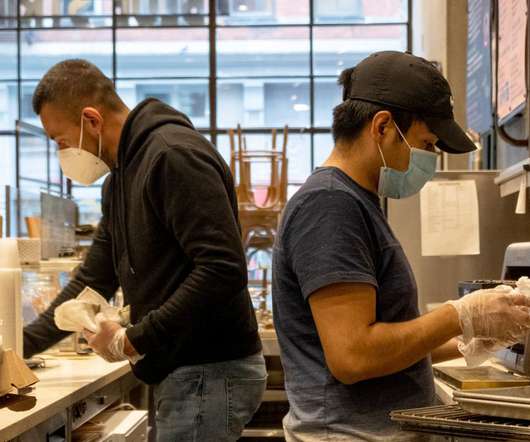









Let's personalize your content